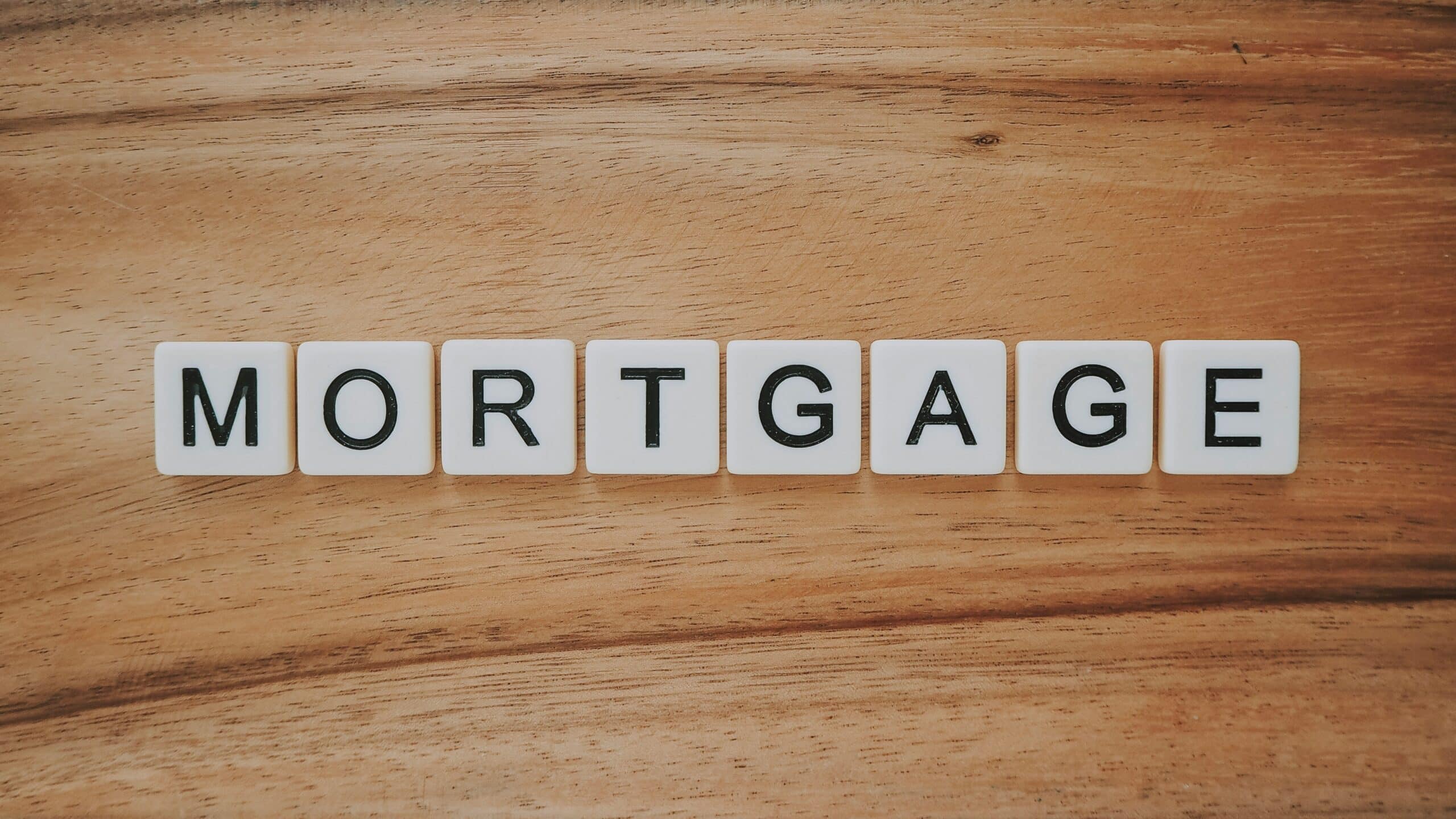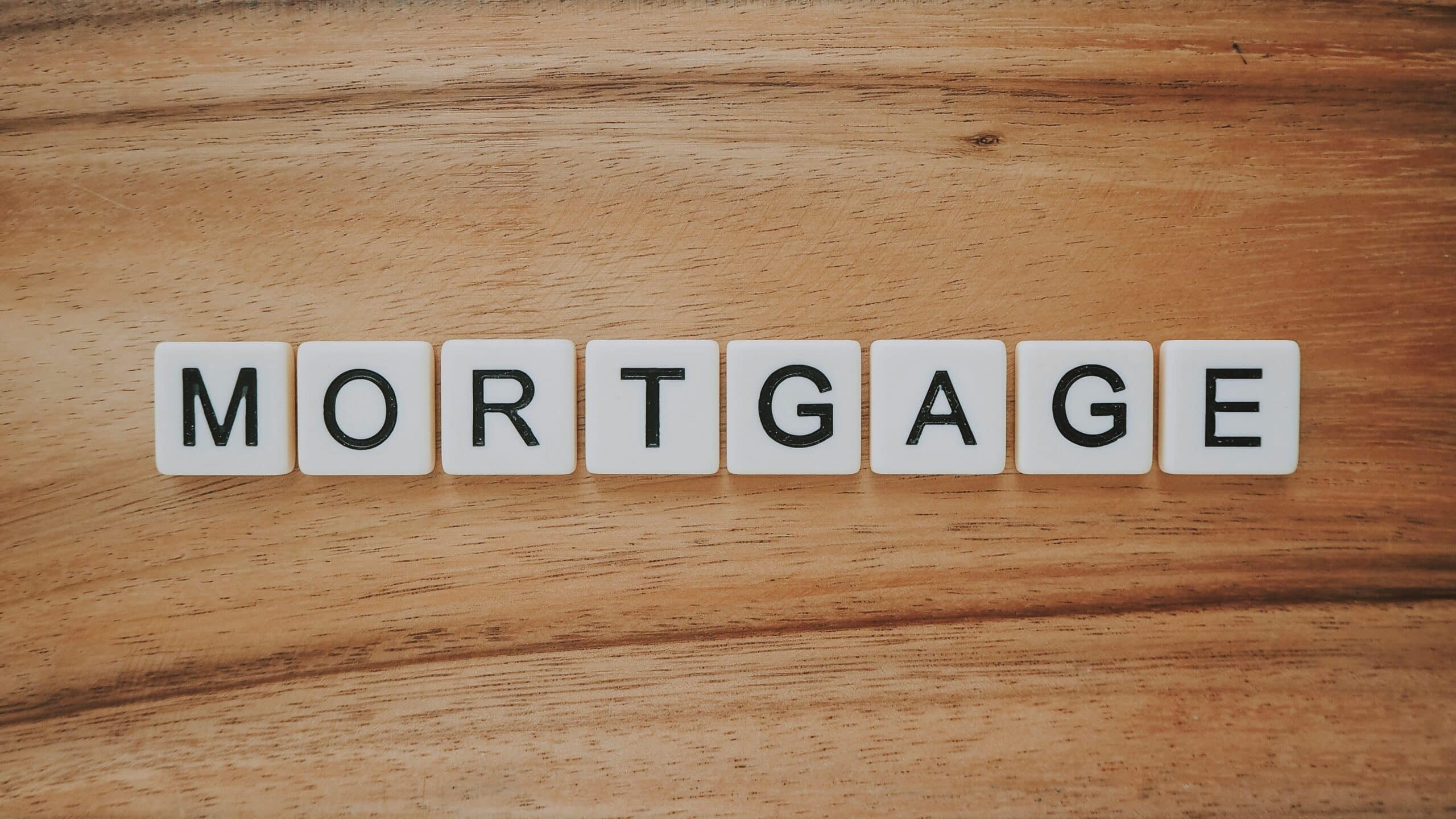Banner image courtesy of Precondo CA
In recent years, financial strategies for aging populations have evolved. One significant change is the increasing global acceptance of reverse mortgages. As seniors look for ways to secure their retirement without sacrificing their standard of living, reverse mortgages have stepped into the spotlight. This financial tool, once considered niche, is now gaining traction in countries around the world.

What is a Reverse Mortgage?
A reverse mortgage allows homeowners, typically over the age of 60, to convert part of the equity in their homes into cash. Instead of making monthly payments to a lender, the homeowner receives payments. The loan is repaid when the borrower sells the home, moves out, or passes away. It’s a way to unlock the value of a home while still living in it.
Why the Trend is Growing Globally
Several factors are driving the rise of reverse mortgages internationally:
- Aging Populations: Countries are facing a demographic shift. More people are living longer, and retirement savings often fall short of covering extended lifespans.
- Homeownership Rates: High homeownership rates among older generations mean many seniors are “house rich” but “cash poor.”
- Changing Family Dynamics: In the past, multi-generational households were common. Today, many seniors live independently, requiring new financial solutions.
- Government Policies: Some governments actively promote reverse mortgages to reduce the pressure on public retirement systems.
These dynamics create a fertile environment for reverse mortgage products to thrive.
How to Apply for a Reverse Mortgage
Despite the growing familiarity with reverse mortgages, the application process remains a critical step requiring careful navigation. When applying for a reverse mortgage, homeowners typically start with an eligibility check, ensuring they meet age and property ownership requirements. Financial counseling is often mandatory to make sure the applicant fully understands the implications. Lenders then assess the home’s value and the borrower’s financial situation before finalizing loan terms. Completing this process properly helps ensure that seniors make informed decisions that align with their long-term goals.

Regional Insights: Where Reverse Mortgages Are Gaining Momentum
North America
The United States has long been the leader in reverse mortgages, particularly through programs like the Home Equity Conversion Mortgage (HECM). Canada has also seen rapid growth, especially as retirees seek ways to supplement their income without selling their homes.
Europe
European countries are warming to reverse mortgages, albeit at different speeds. The United Kingdom has a mature market, commonly referred to as “equity release.” Other countries like Spain, Italy, and France are slowly developing their own offerings, often spurred by aging demographics and real estate wealth.
Asia-Pacific
Japan, with one of the oldest populations globally, has seen a surge in reverse mortgage products. Australia and New Zealand have also introduced structured programs, recognizing the need for seniors to access home equity safely.
Latin America
Though still in the early stages, countries like Chile and Mexico are exploring reverse mortgage options. Government and private sector initiatives aim to broaden financial solutions for aging populations.
Opportunities and Challenges
Opportunities
- Financial Independence: Reverse mortgages provide seniors with the means to maintain their lifestyle without depending on family or social programs.
- Wealth Management: It offers a structured way for retirees to manage their wealth, using a familiar asset: their home.
- Economic Stimulus: Increased consumer spending by seniors can stimulate local economies.
Challenges
- Consumer Understanding: Many people misunderstand how reverse mortgages work, leading to hesitation.
- Regulatory Oversight: Without strict regulations, there is a risk of predatory practices.
- Cultural Perceptions: In some societies, there is a strong emotional or cultural attachment to passing down the family home.
Governments and financial institutions must address these hurdles carefully to foster trust and growth.
Future Outlook: What Lies Ahead?
The future for reverse mortgages looks bright, but not without significant change. Innovations in financial products will likely create more flexible reverse mortgage options. For instance, adjustable-rate loans, partial draw options, and hybrid products could better meet the diverse needs of global seniors.
Technology will also play a role. As digital platforms improve, applying and managing reverse mortgages will become simpler and more transparent. Increased education and advocacy from consumer rights organizations could enhance trust and broaden acceptance.
Moreover, with climate change and urbanization reshaping real estate markets, how homes are valued and leveraged could shift dramatically. Reverse mortgage products will need to adapt to these trends to remain relevant.
Conclusion
The growing trend of reverse mortgages across the globe reflects broader economic and demographic shifts. Aging populations, evolving family structures, and the need for financial security are pushing this once niche financial tool into mainstream awareness. While challenges remain, the benefits of reverse mortgages are clear for many seniors seeking to age with dignity and independence. As international markets continue to innovate and expand, reverse mortgages are poised to become a cornerstone of retirement planning worldwide.


